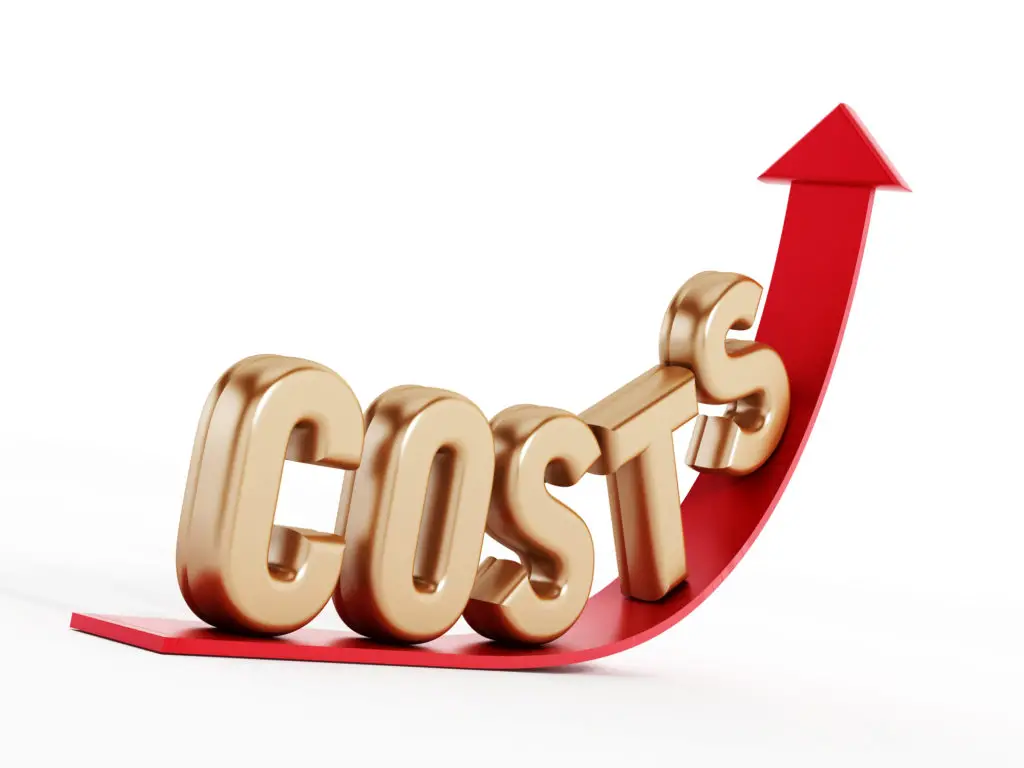Economic change can result from any number of factors. The one most prominent now is the pandemic, which caused dramatic shifts in the business landscape. These translate into added costs, some of which are very visible and some largely hidden. There are also unknown changes that may arise due to factors such as technology, weather, or personal circumstances, and there’s no way to predict if or when added costs will appear. Nonetheless, all of these costs need to be factored into doing business now. Business owners need to be fiscally nimble to handle added costs so they can maintain profitability.
 Visible costs
Visible costs
If the pandemic has taught us anything it’s that added costs can easily arise due to a change in circumstances. Businesses had to purchase personal protective equipment (e.g., masks) for their staff and other items (e.g., hand sanitizers) for their in-person customers. They also had to retrofit their facilities to make it safe for employees, customers, and other visitors. This has meant rearranging the use of space as well as installing plexiglass barriers and, in some places, washing stations.
The way in which business has come to be conducted as a result of the pandemic has also triggered visible costs. Those in the food and beverage industry pivoted to offering deliveries. Many now incur fees for DoorDash, GrubHub (as high as 30%), and other delivery services, while other businesses ramped up their own deliveries with cars, vans, and added delivery people.
Hidden costs
Some of the costs of economic changes are not so visible. As a result of the pandemic, companies have had to devise new ways to communicate effectively with employees. Costs for this aren’t limited to visible costs, such fees for as online meeting tools. There are the invisible costs of the time, patience, and skill to keep remote workers engaged.
Another hidden cost arises from addressing employee stress resulting from the pandemic. Yes, health plans may cover telehealth services for employees experiencing anxiety and depression. But hidden costs again relate to communicating with employee about ways to handle stress.
Unknown costs
Economic change is always accompanied by some unknown costs. These arise (as listed earlier) and then become known. Because they are unknown, by definition they can’t be put into a budget. But the budgeting process needs to be adaptable when unknown changes materialize.
Handling changing costs
Whether costs are visible, hidden, or are currently unknown but later arise, it’s essential to address them in order to remain profitable. Your choices include:
- Raising prices. Some businesses may add a surcharge to cover temporary costs. However, from a marketing standpoint, decide whether this label for an additional cost is advisable. An overall price hike may be preferable.
- Cutting expenses. This is easier said than done. However, it’s always possible to trim fat from a budget, especially if the budget has not been thoroughly scrutinized in a while. For example, you may be able to reduce some insurance coverage if the current policy limit is no longer needed; you’re paying for something you won’t ever use.
- Increasing sales. Businesses are always looking to bring in more revenue and, with economies of scale (your rent and other overhead doesn’t change even though the portion of overhead covered by each sale declines), this can add to profitability. Adding new revenue streams…some of which may be created by economic change…is another strategy for improving profitability.
Final thought
Economic changes may bring added costs, but they also bring added opportunities.
Remember, as industrialist Andrew Carnegie said:
“Watch the costs and the profits will take care of themselves.”


